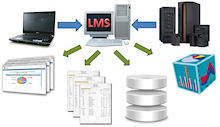JOHN COSMAS
Program Manager
home | practice & experience | representative work | portfolio | contact | site map | find
![]()
|
|
|
|
|
|
|
|
|
| |||||||||||||||||||||||||||||||||||||||||||||||||||||||||||||||||||||||||||||||||||||||
|
|
The AUTOMATION effort would require taking the existing MS ACCESS applications and attempting to integrate code that would repeat the operations of the existing clerks to produce the necessary output. As experience dictates, this would involve the integration of some external code to ensure that the human operations are repeatable PROGRAMATICALLY. Any existing user prompts, queries, import & export procedures would be transparent to the application to support seamless interactivity, while suffering no loss of productivity.
In addition to the AUTOMATION effort, a new set of functions and applications to support other warehouses would be integrated to support their needs. The resulting system fancies a fully-automated BI (Business Intelligence) system that supports a highly-efficient and transformable data-warehouse, data-mart solution. This well rounded system features include:
A JOB AGENT was designed to execute an MS ACCESS based SERVICE application that repeats the operation of the user against the collection of LMS applications to produce the necessary reports and files that resembles the existing operations. The AGENT SERVICE is simply a monitoring agent that adheres to a schedule that invokes the SERVICE application. The SERVICE application contains code that will repeat the steps that represents the user interaction with the LMS applications and produce the desired output in the form of SNAPSHOT files. These steps are highly programmable and re-usable so that values inserted into underlying control tables would dictate information such as SHIFT DATES, SKILL CENTERS, DISTRIBUTION CENTERS, SHIFT NUMBERS, AS400 QUERIES NAMES, SNAPSHOT FILE NAMES and OUTPUT FOLDERS to reproduce the actions of the existing users necessary to support the LMS. No custom coding would be necessary between one application to another, because all of the actions necessary are accomplished by queries, macros, reports and a simple set of exposed functions.
The 2-tiered solution that was produced, had to accommodate a host of technical capabilities to meet the AUTOMATION requirements, which was not limited to the simple steps of generating report output, but a set of operations to ensure that the entire process is compliant. The difficulties of traversing the WM environment using the iSeries ActiveX controls were overcome and standard DAO operations facilitated the transfer of query output files into data tables that were easy to navigate. The following features were integrated into the design of the LMS solution.
Some of the problems encountered surrounding the accuracy, performance and functionality of the application were alleviated by integrating queries and code functions. Integration was performed with minimal impact to existing applications to ensure that the original functions were not changed. This approach does not violate the existing infrastructure, but offers corrections designed as remediation, and appears to be seamless to the eyes of the conventional developer.
The LMS SERVICE which represent the mechanization of existing user operations is a highly programmable MS Access application. It reads a set of data-driven instructions which translates into a mechanized set of operations normally accomplished by a user by virtue of OLE AUTOMATION, VBA code, macros and queries that are intended to accomplish a certain outcome. It leaves a small foot-print, while it takes great effort in logging each operation to provide traceability, metrics and a measurement of effort. This also ensures that all errors may be captured and dealt with ease. The LMS SERVICE application is designed to support a host of complex operations such as execute queries against AS/400 databases, import up to 500K records from host databases, transform up to 1 million electronic transactions, scan OUTLOOK messages for specific attachment files and verify its contents against requirements, post exported reports, e-mail a report package with specific message content, and deliver a set of logs containing exceptions, errors and completed jobs from its daily roster. Some 8 million transactions are processed daily to support up to 72+ generated reports.
No changes were made to the demands of existing processes, so that day-to-day operations were not impacted. The greatest value offered by this solution is the savings encountered in the man-hours required to engage legacy extracts, import electronic files, exporting reports and sending messages to supervisors. These have been achieved mechanically through the LMS solution.
The reports that are generated by the LMS consist of summary, performance, labor activity details, GAP, weekly productivity, scorecard, supervisor exceptions, EARNED HOURS, OFF-STANDARD, individual performance that support a DAILY, and WEEKLY period. This enables management to conduct time-studies and assessments on operations. Additional report features were added to provide labor critical information such as QUALITY, PERFORMANCE, ADJUSTED PERFORMANCE that was not available in the original design. This information was made possible through BI coding using complex VBA. |
|
The automated LMS solution is focused on automating existing processes and using a data-driven model. Once a job has been created, along with its complete set of JOB DEFINITIONS and a schedule, the JOB AGENT application will automatically repeat the job. Whether it is scheduled daily, weekly, monthly or a certain day of every month, the AGENT application will detect this pattern and add a JOB LOG in its daily roster of jobs to be completed. It adheres to this roster closely to ensure it does not begin before the prescribed time. It also support an EXPIRATION feature, which will ensure that if a certain condition such as an INBOUND file has not been received, the job will continue to cycle every hour or so until a certain number of hours has expired before it terminates the job completely. This is a valuable service because INBOUND files may be delayed due to HOLIDAY closings, maintenance or network outages. The JOB AGENT is simply reliable enough to perform its operations day-to-day without human intervention or maintenance unless a schedule changes.
The LMS MANAGER is a cohesive application that is used to monitor, administer and maintain the LMS solution applications. It also provides administration of underlying applications, such as the individual report applications that is designed to generate the reports. It is linked to crucial LABOR tables such as RATES, LOCATIONS and EMPLOYEES that it needs to support the entire portfolio of warehouses and distribution centers. It also fancies a suite of useful features:
These are just some of the many features of the LMS MANAGER, which enables administrators to create new jobs, re-run failed jobs, monitor performance and perform audits to meet compliance requirements.
New control fields were put into place to support AUDIT processes to meet SOXS compliance. This ensures that any new elements such as EMPLOYEES may be documented. Changes made to EMPLOYEES and LABOR data such as RATES, LOCATIONS, SHIFTS and SKILL CENTER or departments are carefully tracked so that the application data remains compliant for reporting purposes.
INBOUND files containing transaction records for processing are delivered via OUTLOOK. The LMS SERVICE must traverse the INBOX folder to locate a file that meets the characteristics of the individual job requirement by opening them, inspecting its content and matching it against certain parameters such as SHIFT DATES, WAREHOUSE, SKILL CENTERS and other elements. Once these conditions have been satisfied, the JOB SERVICE will continue to process the file to complete the JOB STEPS it was intended to perform. This requirement was applied to other jobs as well with similar needs as different vendors would supply various formats and layouts. Therefore, the VALIDATION code is very explicit in its functionality, but flexible enough to accommodate other forms such as CSV, XLS, EDI and XML documents as well. A log of these INBOUND transactions are retained for auditing and to accommodate processes where partial data for a SHIFT DATE is transmitted in chunks.
A maintenance module was developed to reduce and eliminate any old messages to ensure that the OUTLOOK account would not suffer the overhead and size of file transmissions. This will reduce the footprint of the applications, while logs are retained for audit purposes when files are EXPUNGED.
A unique service that has been added is the support for XML and EDI transactions. A simple SPECIFICATIONS translator was designed to generate an IMPORT SPECIFICATION to facilitate the transformation of INBOUND files into discernable transactions. This enabled future support for DTD documents and changes while retaining the performance and integrity of the underlying BI applications. A set of functions were created to extract and transform INBOUND data into a series of tables in MS ACCESS data files making it easy to process.
A design framework was put into place along with extensive documentation to enable a new set of BI solutions to be developed with relative ease and compliance. This enables any new development to take place RAPIDLY, which ensuring that the basic principals of LABOR & ERGON MANAGEMENT are observed.
A complete set of documents were prepared comprising of charts, matrices, step-by-step how to's, and troubleshooting guide to help administrators and provide developers with technical information on the day-to-day operations. This was not available previously. Specific topics such as integration, development of new solutions, testing, debugging and problems with OFFICE updates were addresses, along with instructions on how to navigate the AS/400 applications. A journal was also prepared to answer concerns about the technical difficulties of communications with AS/400 and traversing transaction data. Changes made on a daily basis with rationale was documented to facilitate developers who may be assigned to continue the effort. Industrial engineering concepts, principles and labor related practices were also covered to enable developer and engineers to navigate the solution architecture when new demands and tools are developed.
|
| |||||||||||||||||||||||||||||||||||||||||||||||||||||||||||||||||||||||||||||||||||||||
Privacy Policy | Terms of Use
home | practice & experience | representative work | portfolio | contact | site map | find




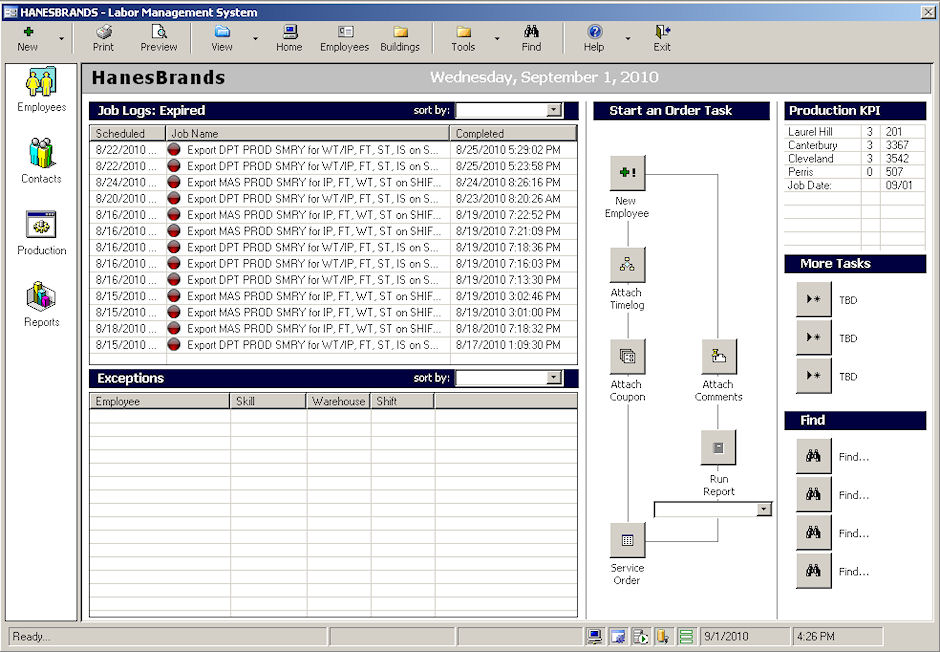

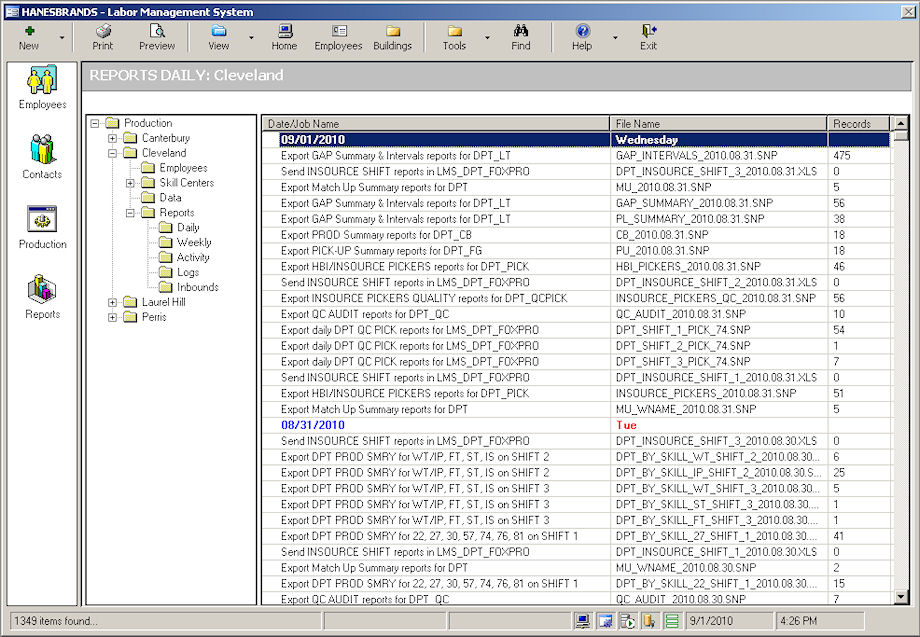
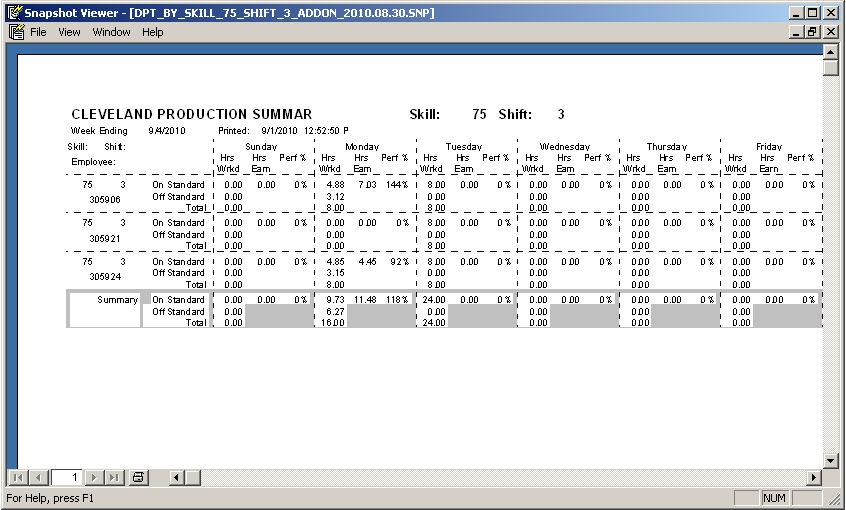
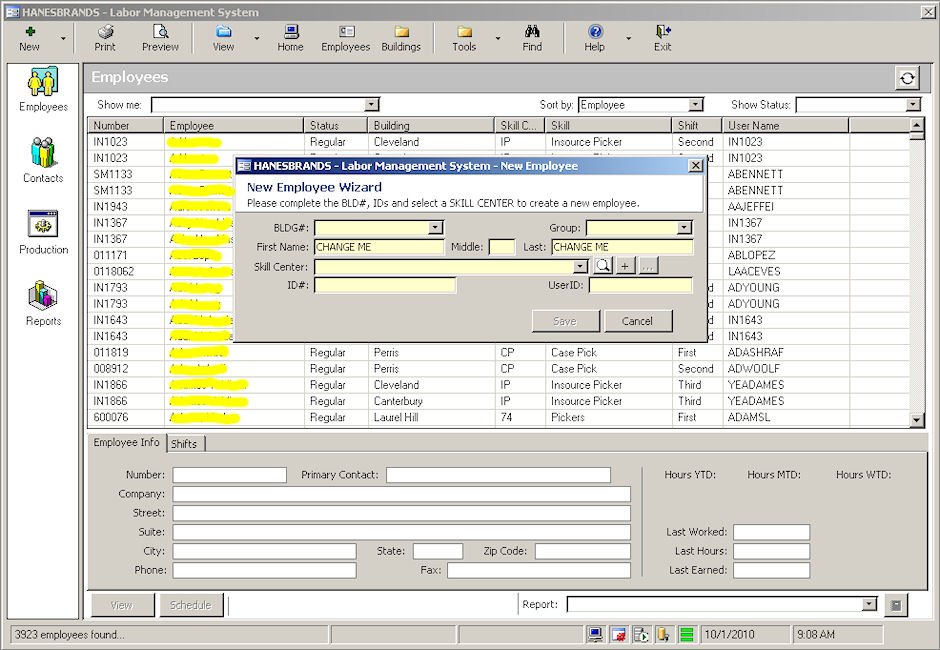
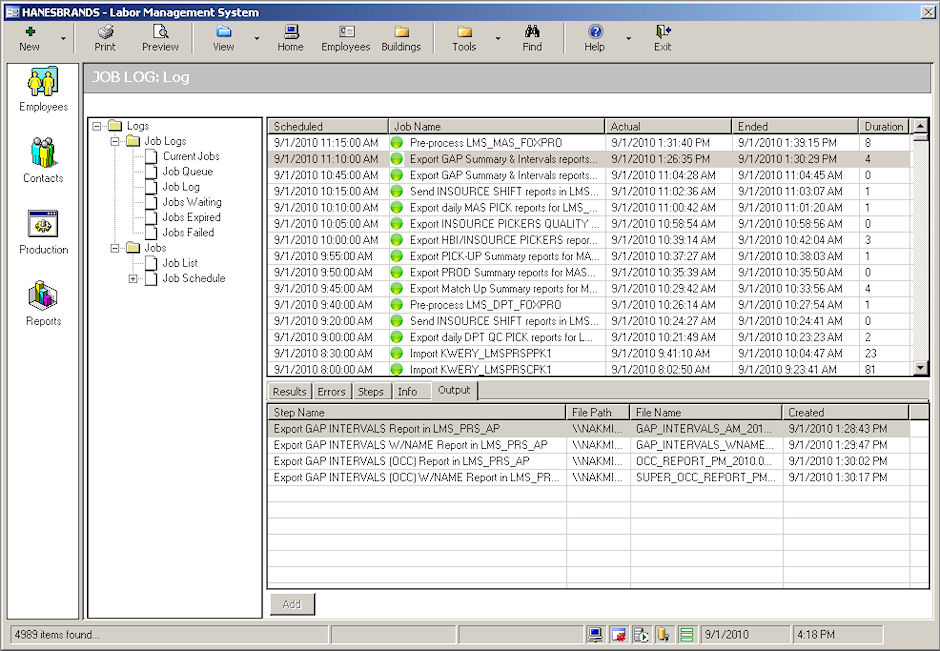
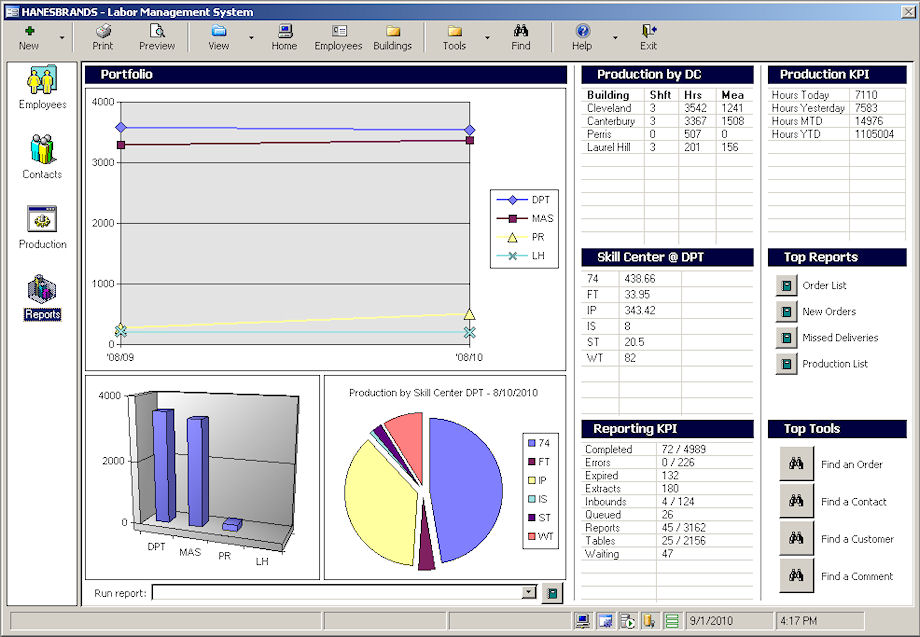
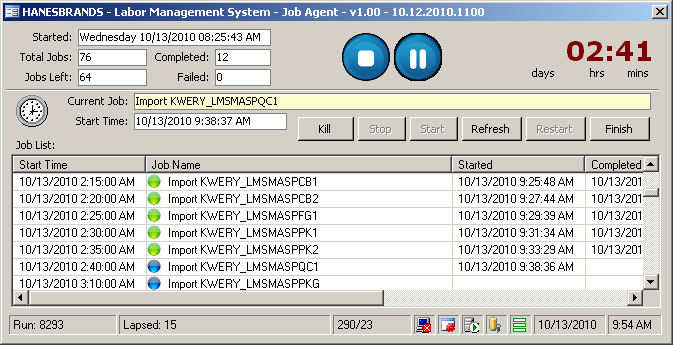
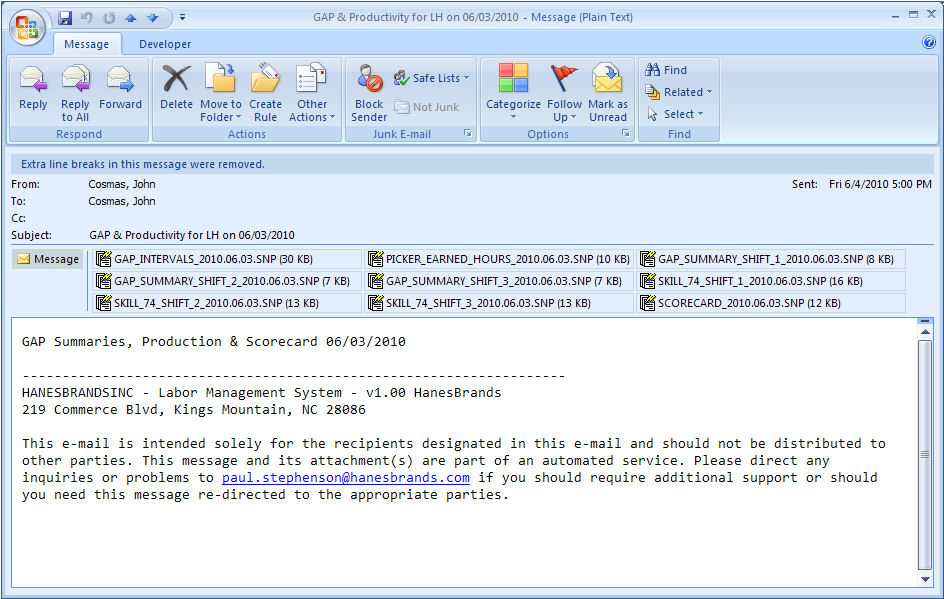
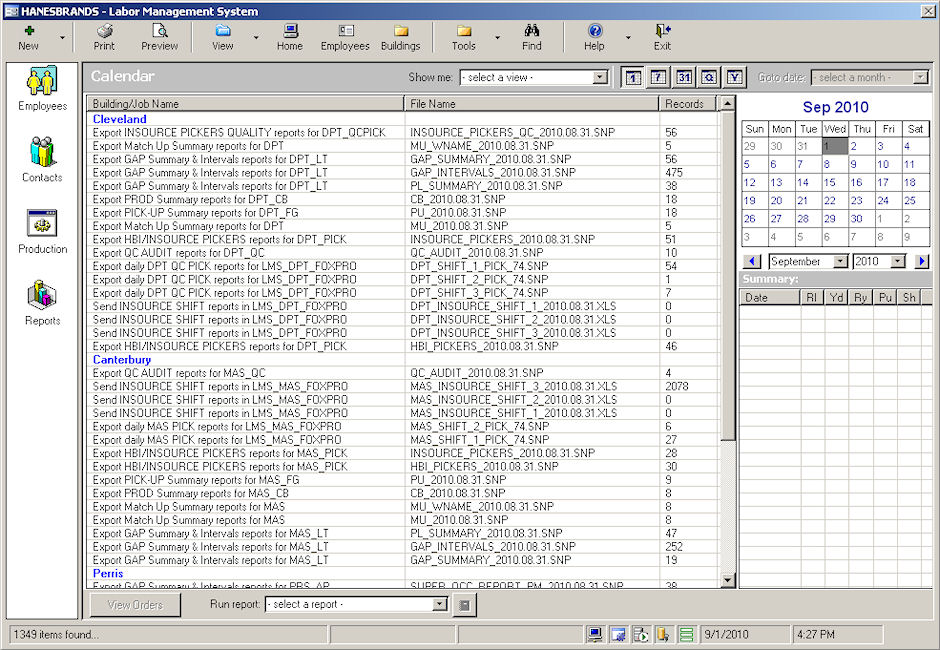
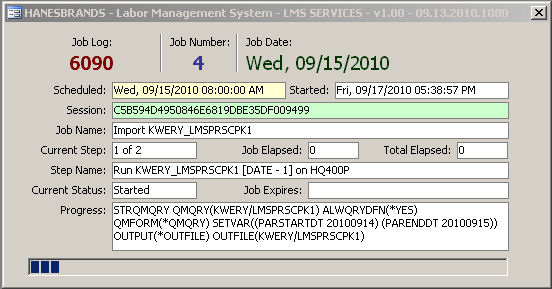
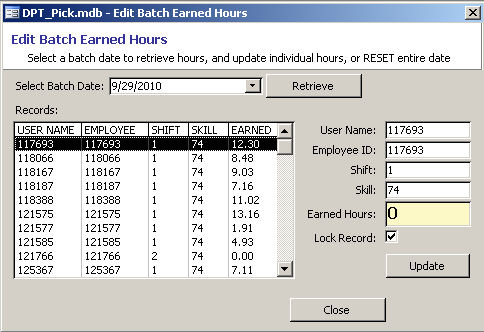
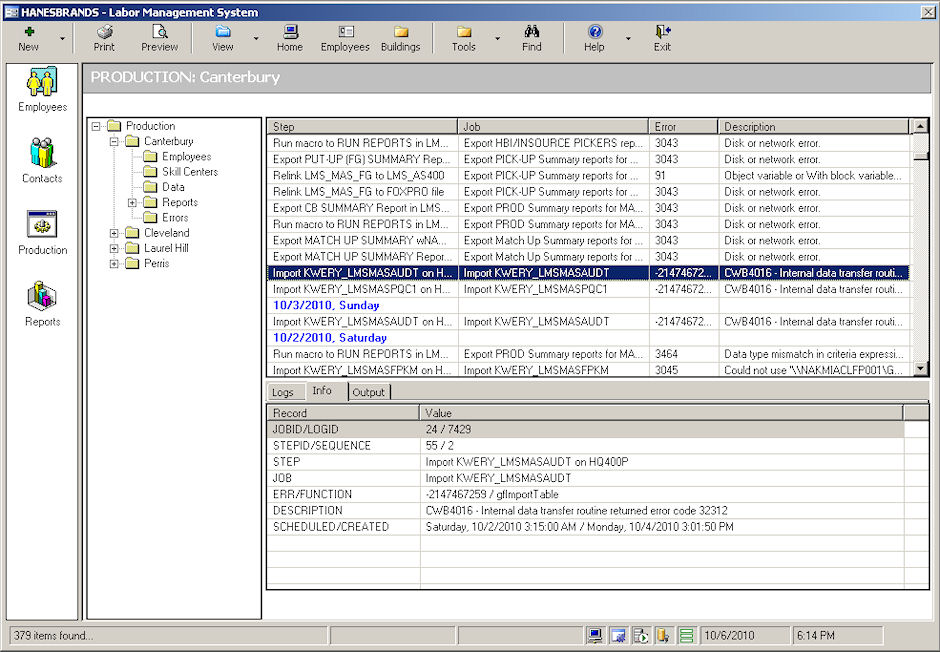
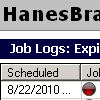
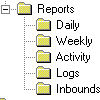
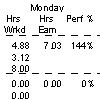
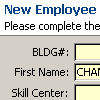
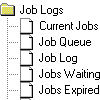


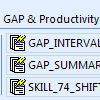
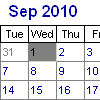


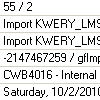
 Hanesbrands
Hanesbrands





